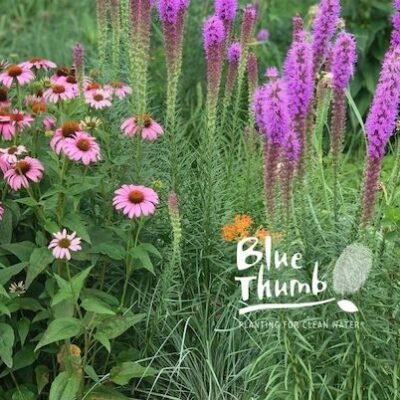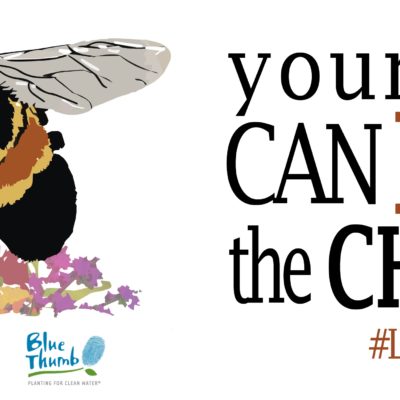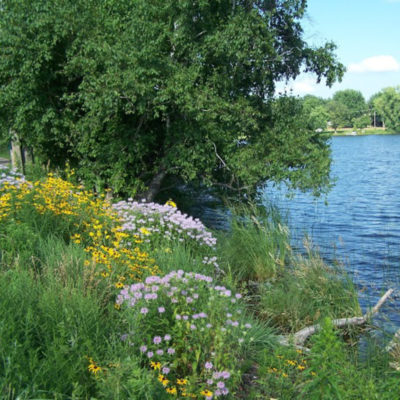Partnership Information
How Blue Thumb Partnership Works The Blue Thumb Partnership is a state-wide network of clean water and native plant stewards creating change to bridge the gap between knowledge and action by offering resources and programs to Minnesotans. Blue Thumb Partners include local governmental units, non-profit organizations, and private companies all working toward the same goals. The Blue Thumb Partnership supports…





